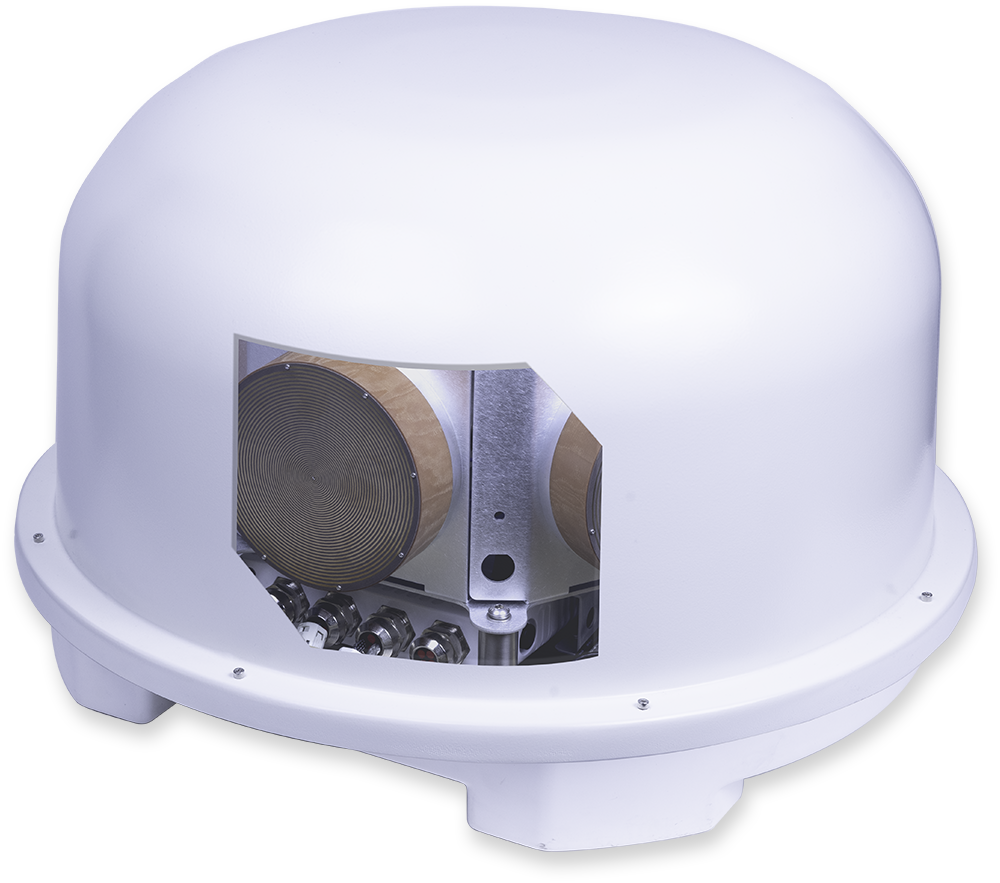Radio direction finding RFeye Array
Ultra-wide frequency, high-speed, highly accurate radio direction finding and geolocation for fixed, tactical, and mobile deployments
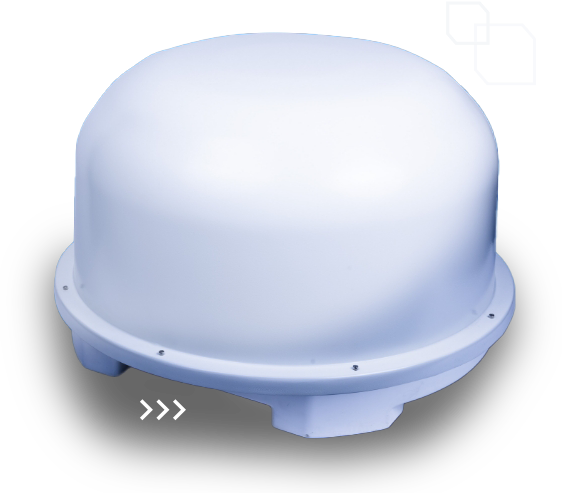
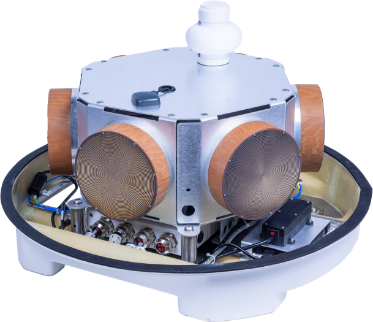
RFeye Array overview
The RFeye Array is an ultra-wide frequency, multi-mission system for fixed or mobile applications with simultaneous direction finding (DF), spectrum monitoring, and geolocation capability. It houses one or two RFeye Nodes, directional antennas, and omnidirectional antennas in a robust radome, designed for hostile environments. Operating up to 40 GHz, you are unlikely to ever miss a signal of interest.
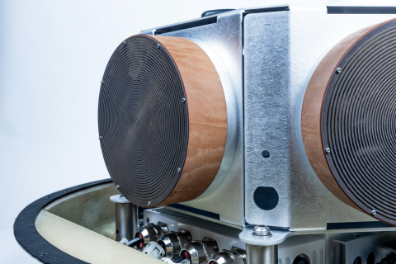
With broad bandwidth and high sensitivity, the RFeye Array is equipped with inbuilt processing capabilities for efficient geolocation and monitoring, which reduces the need for extensive backhaul data. Additionally, its unique architecture permits multiple simultaneous tasks and missions, supporting diverse operational needs.
RFeye Arrays are available in several sizes and configurations; however, all models are designed to provide hybrid capability, allowing combinations of PoA, AoA, and TDoA techniques to be used against signals for optimal suitability.
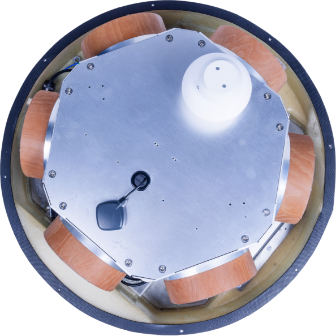
- Unmatched reliability in the world’s harshest conditions
- Multi-layer synchronous technology
- A unique calibration file means no need for recalibration
- Flexibility through fixed or vehicle-mounted deployments
- Reduced backhaul needs as RF data is processed on the Node
- Never miss a signal with a range from 20 MHz up to 40 GHz
- High accuracy and sensitivity for optimized signal detection
- Users can carry out multiple simultaneous missions
RFeye Array at a glance
Unique multi-layer approach
DF antennas
All linear signal polarizations

Combined geolocation methodologies

100 MHz IBW wideband frequency monitoring
RF recording (I/Q capture)
Networked for multiple users & missions
Ruggedized protection from water or dust
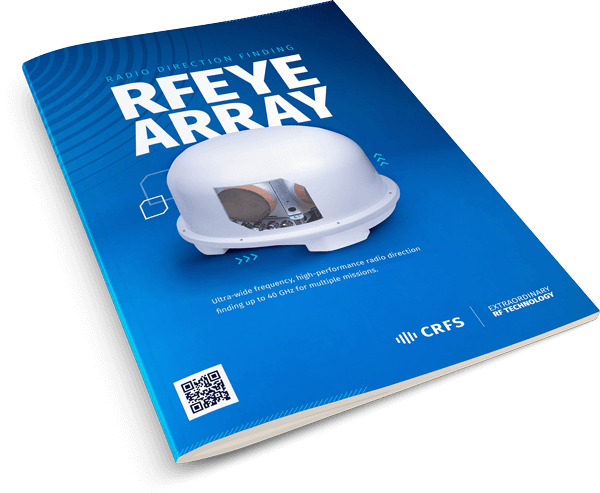
BROCHURE
RFeye Array overview
Understand the technology behind the RFeye Array. Walk through the different size and configuration options. Learn how the multi-layer approach makes the RFeye Array superior to other DF techniques. Discover the powerful software that works with the RFeye Array.
Deploying your hardware
RFeye Arrays are built in a range of sizes and antenna configurations. They can be mounted in fixed positions on towers, masts and buildings (Array 100 & 300 Series) or on mobile applications such as vehicles or trailers (Array 100 Series).
Each RFeye Array is housed within a robust IP55-rated radome designed for hostile conditions. Additionally, the RFeye Array can be used as a standalone system or networked over large distances with other RFeye systems as part of a wide area spectrum monitoring and TDoA system.
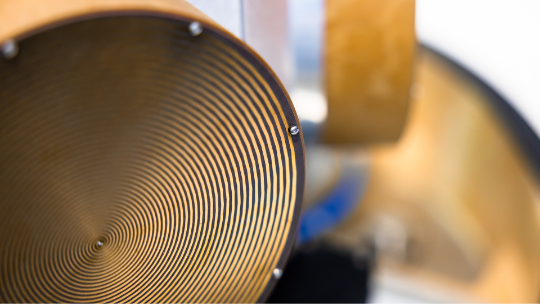
A more sophisticated & versatile approach to DF
The RFeye Array uses a unique multi-layer approach that is more sophisticated and versatile than traditional direction-finding techniques.
Spiral directional antennas
High-performance spiral directional antennas are optimized for different frequency bands and arranged in multiple orientations. The spiral antennas support a high-speed commutating approach, whereby an RF receiver scans from 300 MHz to up to 40 GHz. This allows for swift and accurate direction finding or signal characterization as the receiver measures correlations and calculates actual positional probabilities based on received power at each antenna.
Signal polarizations
Accuracy ensured
Talk to an advisor about RFeye Array
| Array comparison | RFEYE ARRAY 125 | RFEYE ARRAY 150 | RFEYE ARRAY 300-8 | RFEYE ARRAY 300-18 | RFEYE ARRAY 300-40 |
|---|---|---|---|---|---|
| Channels | Single RF sensor (Node) | Single RF sensor (Node) | Dual RF sensors (Nodes) | Dual RF sensors (Nodes) | Dual RF sensors (Nodes) |
| Frequency range | 9 kHz - 8 GHz | 9 kHz - 18 GHz | 9 kHz - 8 GHz | 9 kHz - 18 GHz | 9 kHz - 40 GHz |
| Direction finding frequency range | 500 MHz - 8 GHz | 500 MHz - 18 GHz | 20 MHz - 8 GHz | 20 MHz - 18 GHz | 20 MHz - 40 GHz |
| VHF DF extender option (20 MHz - 300 MHz) | N/A | N/A | Yes | Yes | Yes |
| Noise figures at maximum sensitivity | 6-10 dB typical | 7-18 dB typical | 6-10 dB typical | 7-18 dB typical | 8.5-16 dB typical |
| Instantaneous bandwidth (IBW) | 100 MHz | 100 MHz | 100 MHz | 100 MHz | 100 MHz |
| Sweep speed (typical) | 280 GHz/s @ 2 MHz RBW | 390 GHz/s @ 2 MHz RBW | 280 GHz/s @ 2 MHz RBW | 390 GHz/s @ 2 MHz RBW | 232 GHz/s @ 2 MHz RBW |
| Supports PoA, AoA, TDoA, hybrid DF methods | Yes | Yes | Yes | Yes | Yes |
| Deployment | Fixed & mobile | Fixed & mobile | Fixed (recommended) | Fixed (recommended) | Fixed (only) |
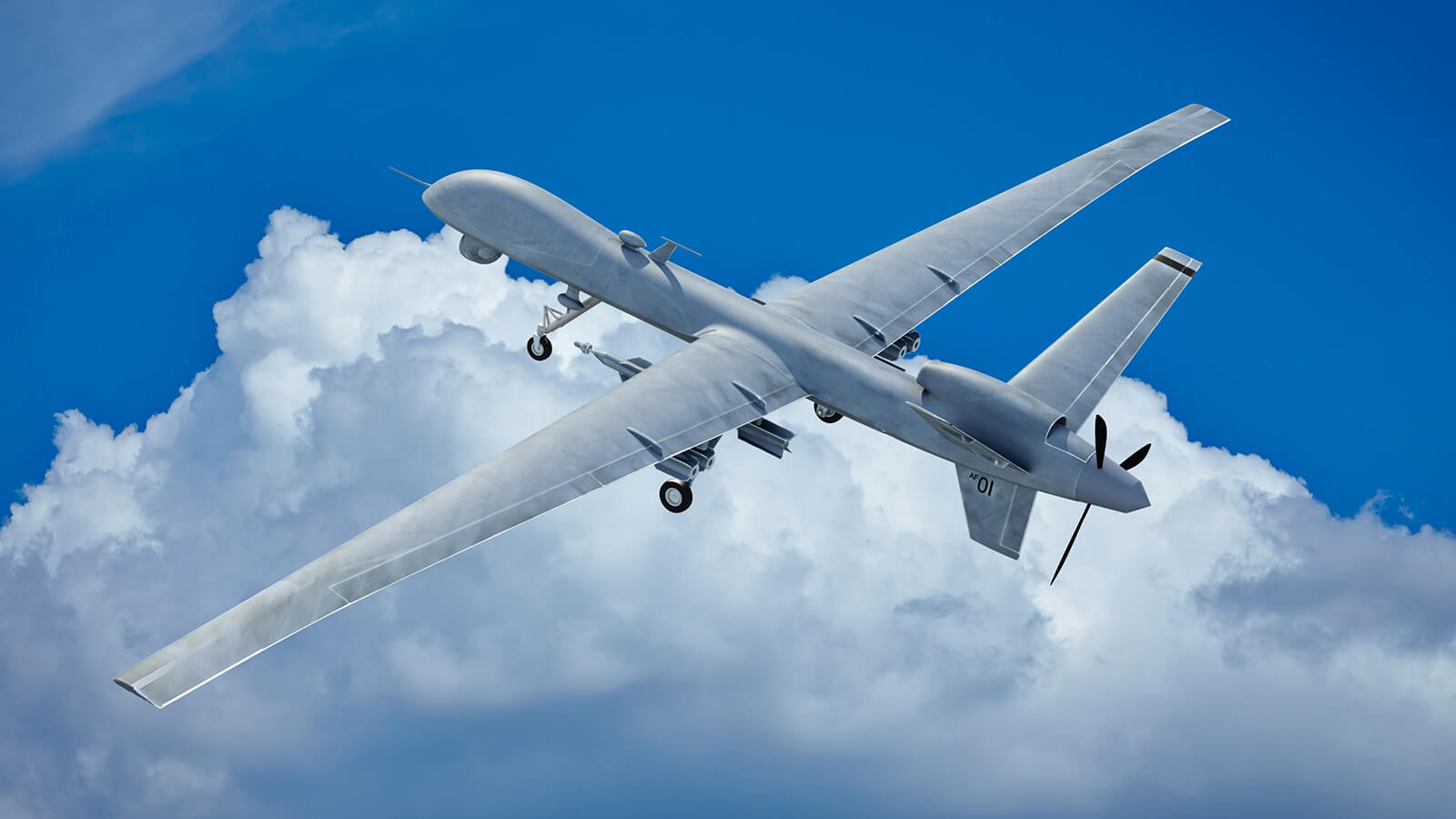

ISR MISSIONS AT SEA & ACROSS HOSTILE BORDERS
How combining ground & air-based RF sensors improved ISR and target acquisition.
Read the storyREAL-TIME DIRECTION FINDING & FULL SPECTRUM AWARENESS
How a Southeast Asian government intelligence service secured multiple borders.
Read the story
WHITEPAPER
Advanced geolocation capabilities
This white paper explores how to enhance standard geolocation techniques such as AoA (Angle of Arrival), TDoA (Time Difference of Arrival), and PoA (Power on Arrival) by using the advanced signal processing methods employed by RFeye software and hardware.
Explore RFeye Array
Ultra-wide frequency, high-performance radio direction finding up to 40 GHz for multiple missions
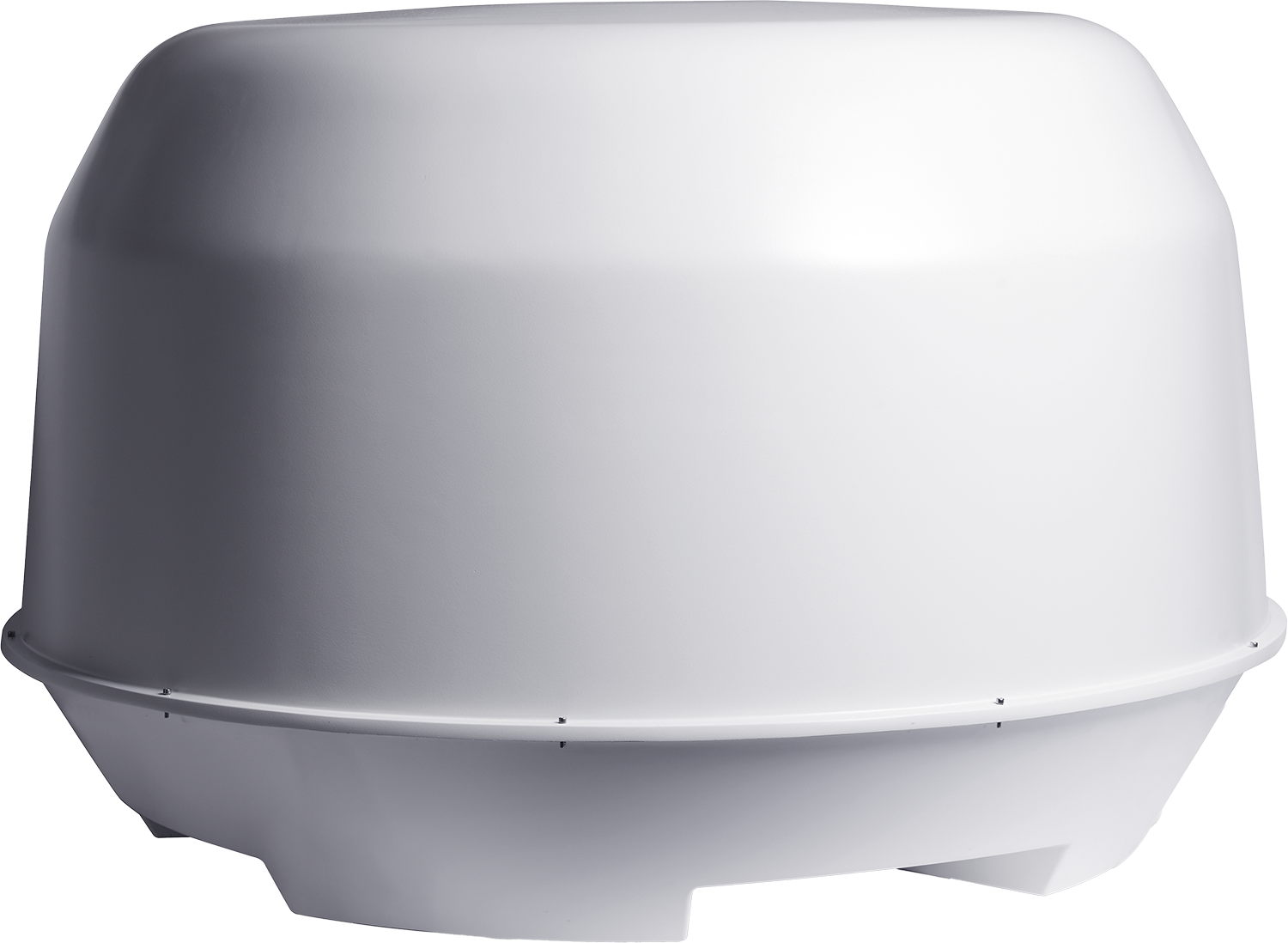
RFeye Array 300
High-performance simultaneous wideband radio monitoring, DF, and geolocation. Fixed deployment with 8GHz, 18GHz, or 40GHz options. Two Nodes enable you to receive and record I/Q simultaneously.

Need a tactical alternative?
CRFS’ Compact Direction Finding (DF) Head Systems combine high-precision direction finding (AoA) with wideband spectrum monitoring (2D/3D TDoA) in a rugged, tactical format.
Get instant news & expert insights
Join thousands of professionals who subscribe for exclusive insights and early access to our reports and analysis.
